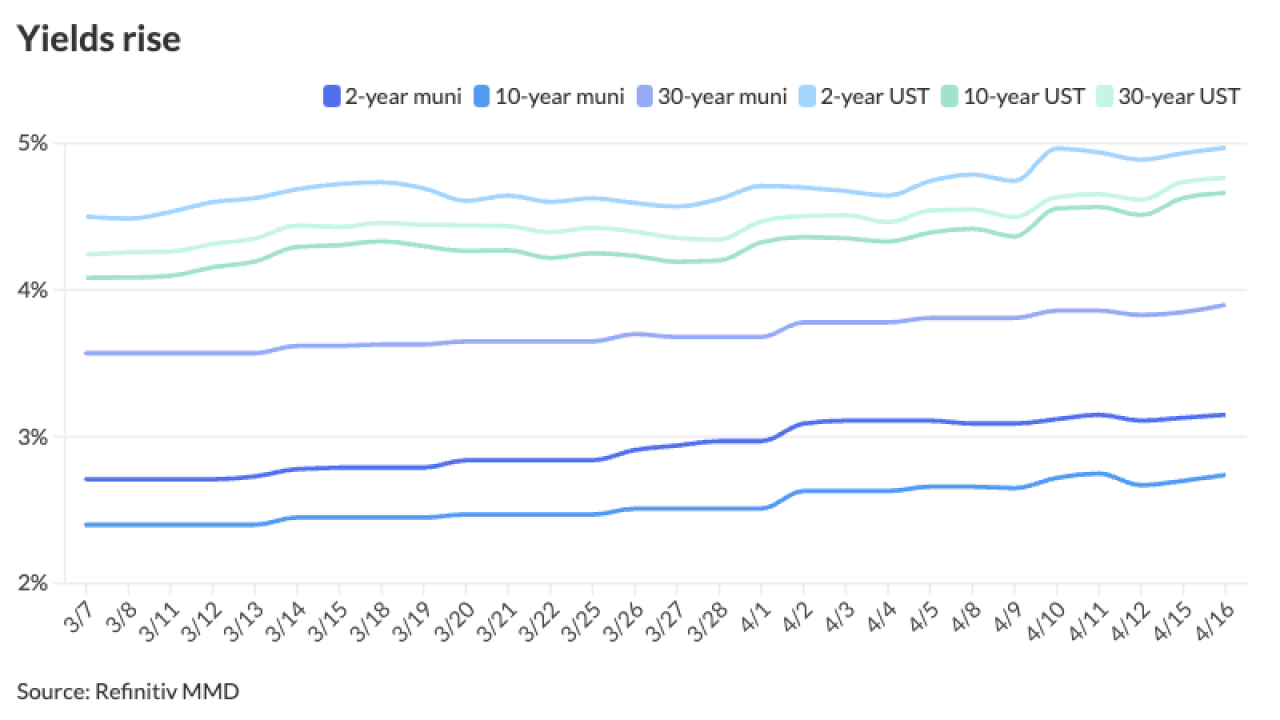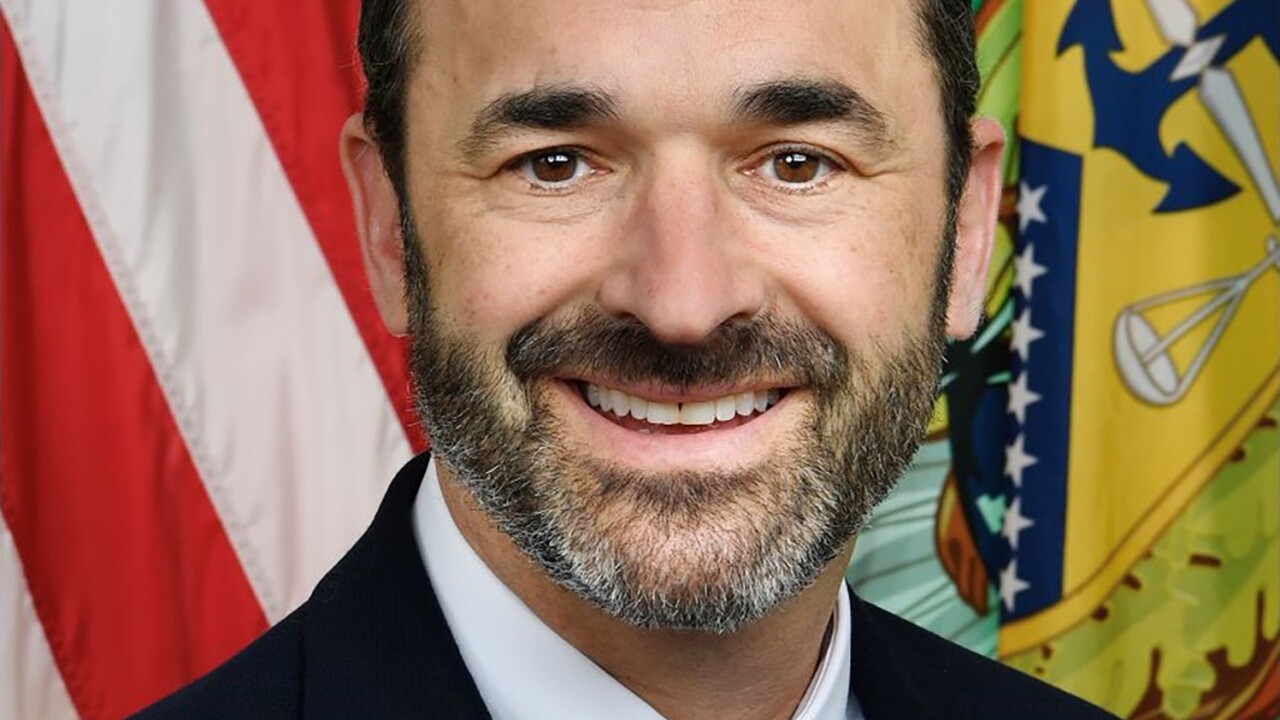The natural rate of unemployment has been in a range between 4.5% and 5.5% for the past 100 years, according to a calculation by Federal Reserve Bank researchers, and with unemployment currently below that level, it implies “the elimination of labor market slack,” according to a Federal Reserve Bank of San Francisco
Using “a new method to estimate the natural rate of unemployment, or u-star,” authors San Francisco Fed Economic Research Department research advisor Regis Barnichon and Federal Reserve Bank of Richmond senior economist Christian Matthes, found “[t]he most interesting aspect” of their findings is u-star’s “remarkable stability over time, ranging between 4.5 and 5.5%,” with even the Great Depression affecting “the natural rate as much as one might expect.”
This model sees “the Great Depression as the realization of very large negative cyclical shocks but not structural changes.”
The authors continue, “In a similar vein, World War II had little effect on the natural rate, even though the actual unemployment rate dropped rapidly to a record low of less than 1%. The reason again is that the behavior of inflation was consistent with the prediction of a stable Phillips curve: In the aftermath of the tight labor market of World War II, inflation rose markedly, as predicted by the tightening of the labor market, so that the model does not need to adjust the natural rate to fit the joint behavior of unemployment and inflation.”
The model suggests unemployment is slightly less than “our estimated natural rate in recent months. Although our u-star estimate was historically about 1 percentage point lower than the CBO’s estimate, the two series have converged and are now very close, increasing our confidence in both methods’ current estimates of slack.”






